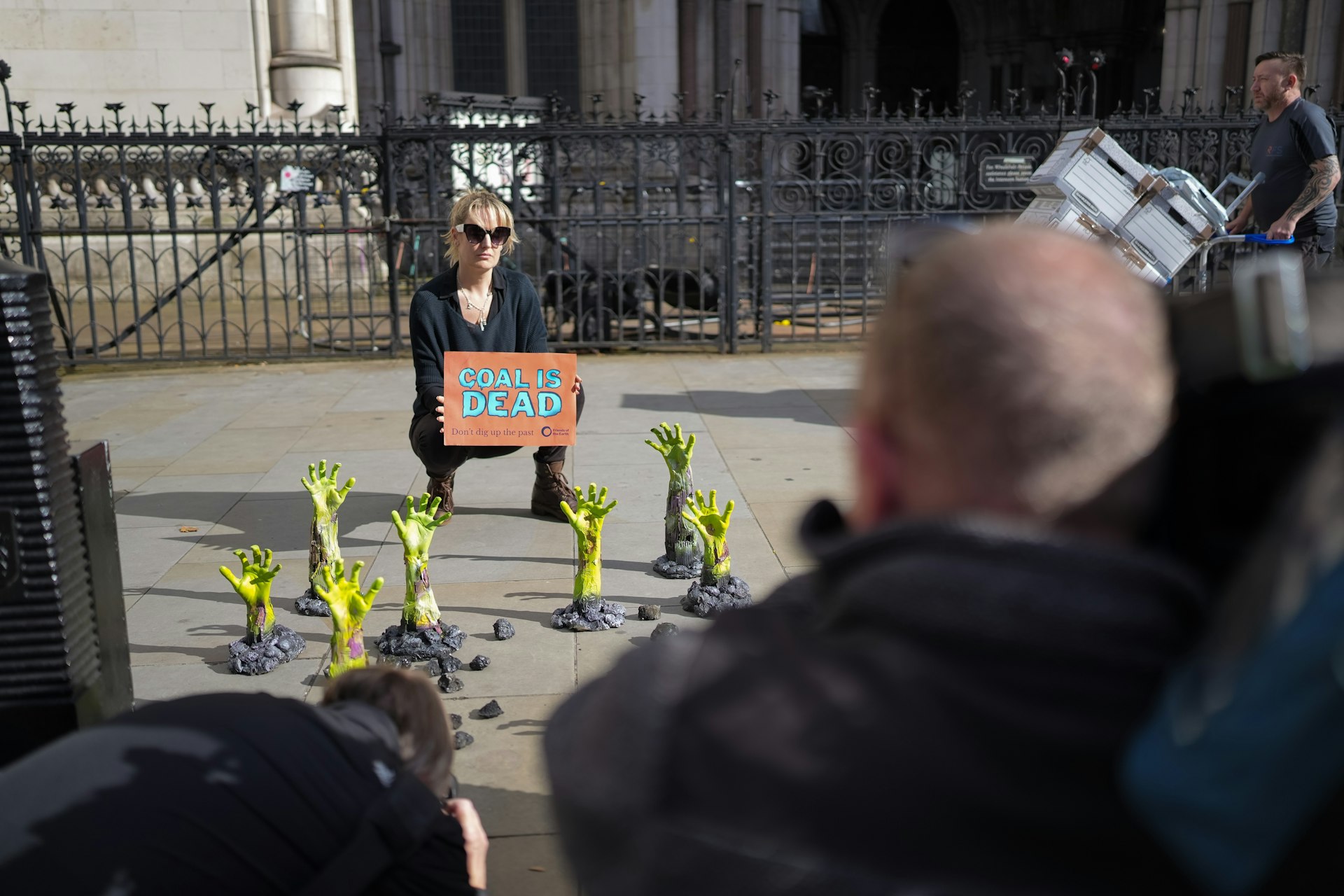Photos of unemployment offices in Thatcher‘s Britain
- Text by Huck
- Photography by DHSS Emergency Centre, Elephant and Castle, South London, 1984, by Paul Graham

After the Conservatives took power in 1979, the following decade would prove to be one of economic volatility. In just a few years, Thatcher’s policies would help to wipe out 15 per cent of the UK’s industrial base and to drastically deepen inequality. Unemployment shot up to levels not seen since the Great Depression, rapidly rising to over three million out of work in 1983.
Photographer Paul Graham was among those who found themselves out of work. “I couldn’t claim to be in the same position as a sacked steelworker or miner,” says Graham, who was working as a photographer at the time. “But inevitably, we were all in the same job sector.”

Woman in Headscarf, DHSS Waiting Room, Bristol, 1984
While visiting the packed waiting rooms and corridors of the Social Security and unemployment offices around the UK, Graham decided to document the long waits, queues and poor conditions of an overburdened system. The result is Beyond Caring – a powerful series of photographs conveying the hardships people were experiencing amid Thatcher’s Britain, which has recently been republished by Mack Books.
“You just saw that this system was at the breaking point and somehow needed to be brought to people’s attention,” Graham recalls.
Despite the Conservatives trying to frame the issue of unemployment as a personal failing, the title of Graham’s book lambasts the government’s total disregard for ordinary citizens. “People do despair and get very dragged down by their circumstances,” says Graham. “But most people want to want to pick themselves up and move forward with their life.”

Men Waiting, Whitechapel DHSS, East London, 1985

Father and Son, Stepney DHSS, East London, 1985
Because Graham was denied official permission to carry out the work, many of the photographs in the series were taken in secret, often without looking through the camera lens. “They [the employment offices] wouldn’t give permission to me because it’s too embarrassing for them,” he explains. This meant the photos were often taken from a skewed angle, offering a disorienting perspective on the various spaces.
When the book was originally self-published in 1985, it shocked audiences, who at the time had very little awareness of the extent of the crisis. “If you were a middle-class employed person, you’d have no idea what people were going through, and how bad it had become,” explains Graham. “It just wasn’t a system built to handle that number of people. It was bursting at the seam.”
The photographs tapped into, as Graham describes it, “a hot button issue”. But things have, of course, changed since then: “Their activist angle has diminished. Now, they’re more a historical document.”
Although Graham says the timing of the book’s republication is mere coincidence, with more than 800,000 losing their jobs in the UK due to Covid-19, the photos will likely resonate with new audiences. Indeed, as a vision of Britain, it could not feel more timely.

Mother and Baby, Highgate DHSS, North London, 1984

Crouched Man, DHSS Waiting Room, Bristol, 1984

Man Reading Paper, Bloomsbury DHSS, Central London, 1985

Baby, DHSS Office, Birmingham, 1984
Beyond Caring is out now on Mack Books.
Enjoyed this article? Like Huck on Facebook or follow us on Twitter.
Latest on Huck

Autism cannot be cured — stop trying
A questionable study into the ‘reversal’ of autism does nothing but reinforce damaging stereotypes and harm, argues autistic author Jodie Hare.
Written by: Jodie Hare

Bristol Photo Festival returns for second edition
After the success of it’s inaugural run, the festival returns this autumn with exhibitions, education and community programmes exploring a world in constant motion through still image.
Written by: Ben Smoke

Documenting the life of a New York gang leader paralysed by gun violence
New photobook ‘Say Less’ is a complex yet humanising look into a life wrecked by gun violence and organised crime.
Written by: Isaac Muk

The woman who defined 80s Hip Hop photography
A new exhibition brings together Janette Beckman’s visionary and boundary pushing images of an era of cultural change and moral panic.
Written by: Miss Rosen

In photos: the dogs of Dogtown
A new photobook documents Venice Beach’s four legged friends and their colourful cast of owners.
Written by: Isaac Muk

Inside the battle to stop coal
As the legal challenge against Britain’s first deep coal mine in 30 years reaches the High court, we talk to activists at the centre of the fight to stop it.
Written by: Ben Smoke